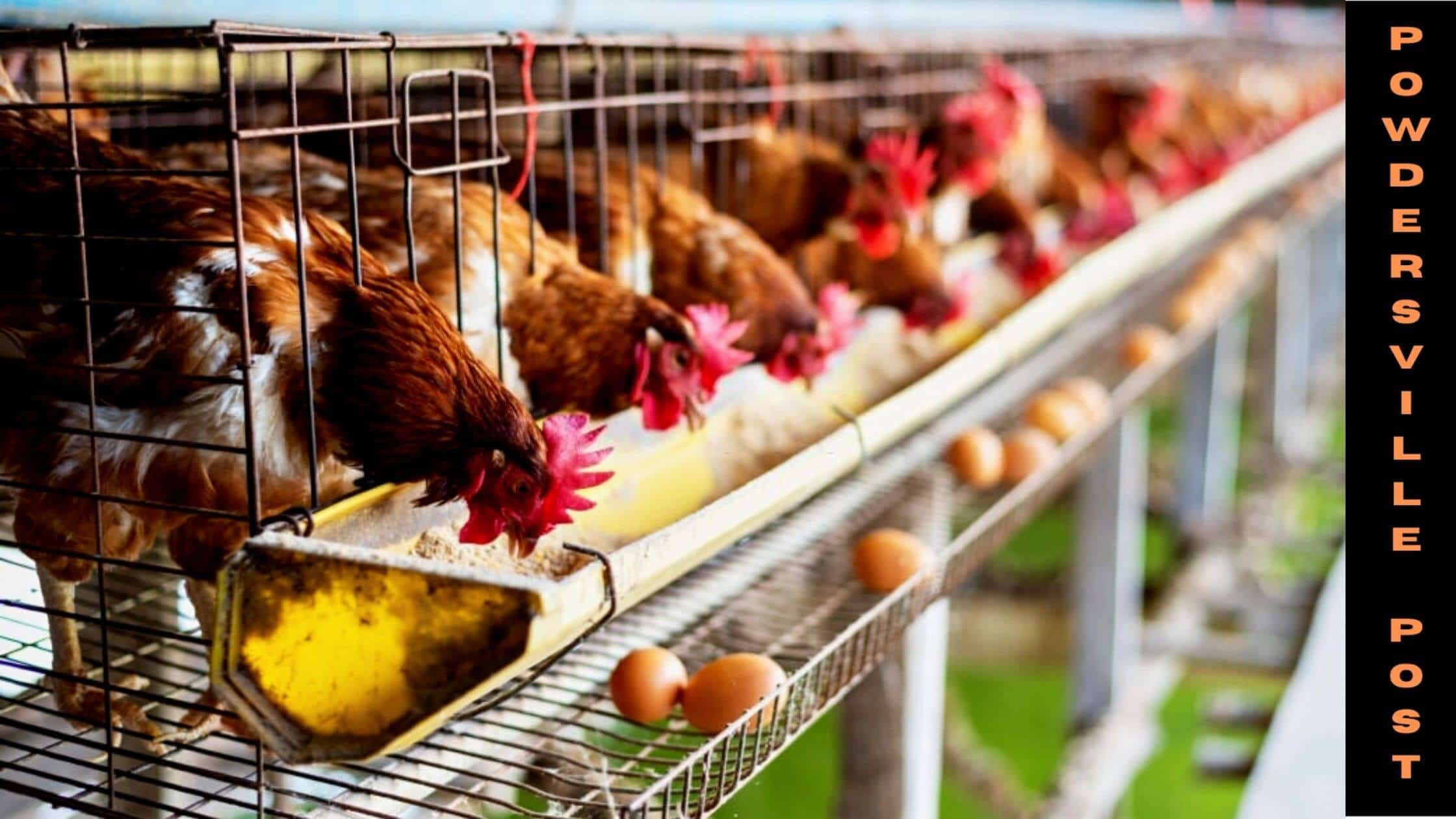Bird Flu Is Spreading Rapidly Across The Country, Warn Poultry Producers
Nikki Attkisson | Last Updated : February 14, 2022Avian influenza, often known as bird flu or avian flu, is a kind of influenza caused by viruses that have been adapted to birds. A highly pathogenic strain of avian influenza (HPAI) is the most dangerous.
Bird Flu Is Spreading Rapidly Across The Country, Warn Poultry Producers
As an infection caused by influenza virus strains that have evolved to a specific host, bird flu is similar to swine flu, dog flu, horse flu, and human flu.

The influenza A virus is a zoonotic infection with a natural reservoir almost completely in birds, out of the three types of influenza viruses (A, B, and C). For the most part, avian influenza refers to the influenza A virus.
Though influenza A is suited to birds, it may also adapt and survive transmission from person to person. According to recent influenza studies, the Spanish flu virus has genes adapted from both human and avian strains.
Pigs can be infected with human, avian, and swine influenza viruses, allowing for gene reassortment, which can result in an antigenic shift to a novel influenza A virus subtype against which most people have little to no immune resistance.
The majority of human cases of avian flu are caused by handling dead infected birds or coming into touch with infected secretions. It can also be passed from person to person through contaminated surfaces and bodily fluids.
While most wild birds only carry a mild form of the H5N1 strain, once domesticated species like chickens or turkeys become sick, H5N1 can become considerably more lethal because the birds are frequently in close contact. Due to poor cleanliness and tight quarters, H5N1 poses a significant hazard to sick poultry in Asia.
Humans can easily get the virus from birds, but transmission from humans to humans is more difficult without extended interaction. Public health professionals, on the other hand, are concerned that avian flu strains may change and become easily transmissible between humans.
H5N1 is considerably more likely to spread from Asia to Europe through both legitimate and criminal poultry exchanges than through wild bird migrations, as recent studies have found no subsequent increases in infection in Asia when wild birds move south again from their breeding sites.
Instead, infection patterns followed modes of movement like railroads, roads, and country boundaries, implying that chicken trafficking is considerably more likely. While avian flu variants have existed in the United States, they have all been eradicated and have never been found to infect people.
Humans can transmit the avian influenza virus from birds, but human-to-human contact without extended interaction is considerably more difficult. Public health professionals, on the other hand, are concerned that avian flu strains may change and become easily transmissible between humans.
Although some strains of avian influenza are found in the digestive tracts of vast numbers of shorebirds and water birds, human infection is rare. Integrated indoor commercial poultry, range-raised commercial poultry, live poultry markets, home and hobby flocks, and bird collection and trading networks, including cockfighting, are five artificial habitats that have contributed to current avian influenza viral ecology.
The development of HPAI has been largely attributed to increased commercial chicken production throughout the 1990s, which has resulted in an increase in HPAI outbreaks.
Village poultry and their owners were commonly implicated in disease transmission during the early days of the HPAI H5N1 pandemic. Village poultry, also known as backyard or hobby flocks, are tiny flocks that are grown in a variety of settings and are frequently permitted to roam freely between several families.
These flocks, however, are less of a hazard than intensively raised commercial chickens with homogeneous genetic stock and poor biosecurity, according to the study.
With over 15 years as a practicing journalist, Nikki Attkisson found herself at Powdersville Post now after working at several other publications. She is an award-winning journalist with an entrepreneurial spirit and worked as a journalist covering technology, innovation, environmental issues, politics, health etc. Nikki Attkisson has also worked on product development, content strategy, and editorial management for numerous media companies. She began her career at local news stations and worked as a reporter in national newspapers.
